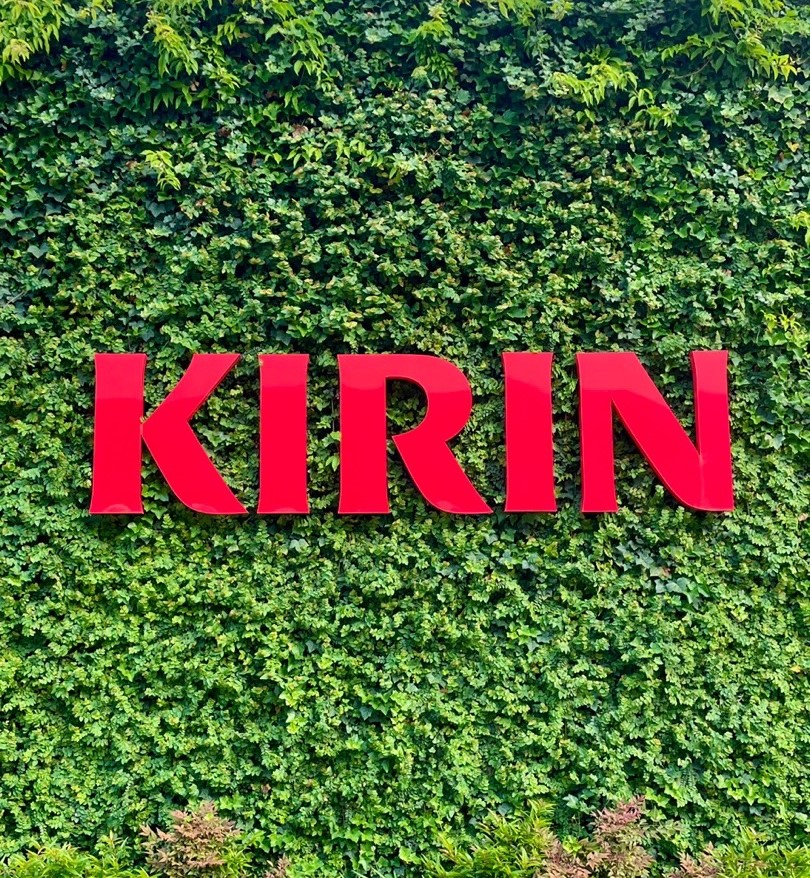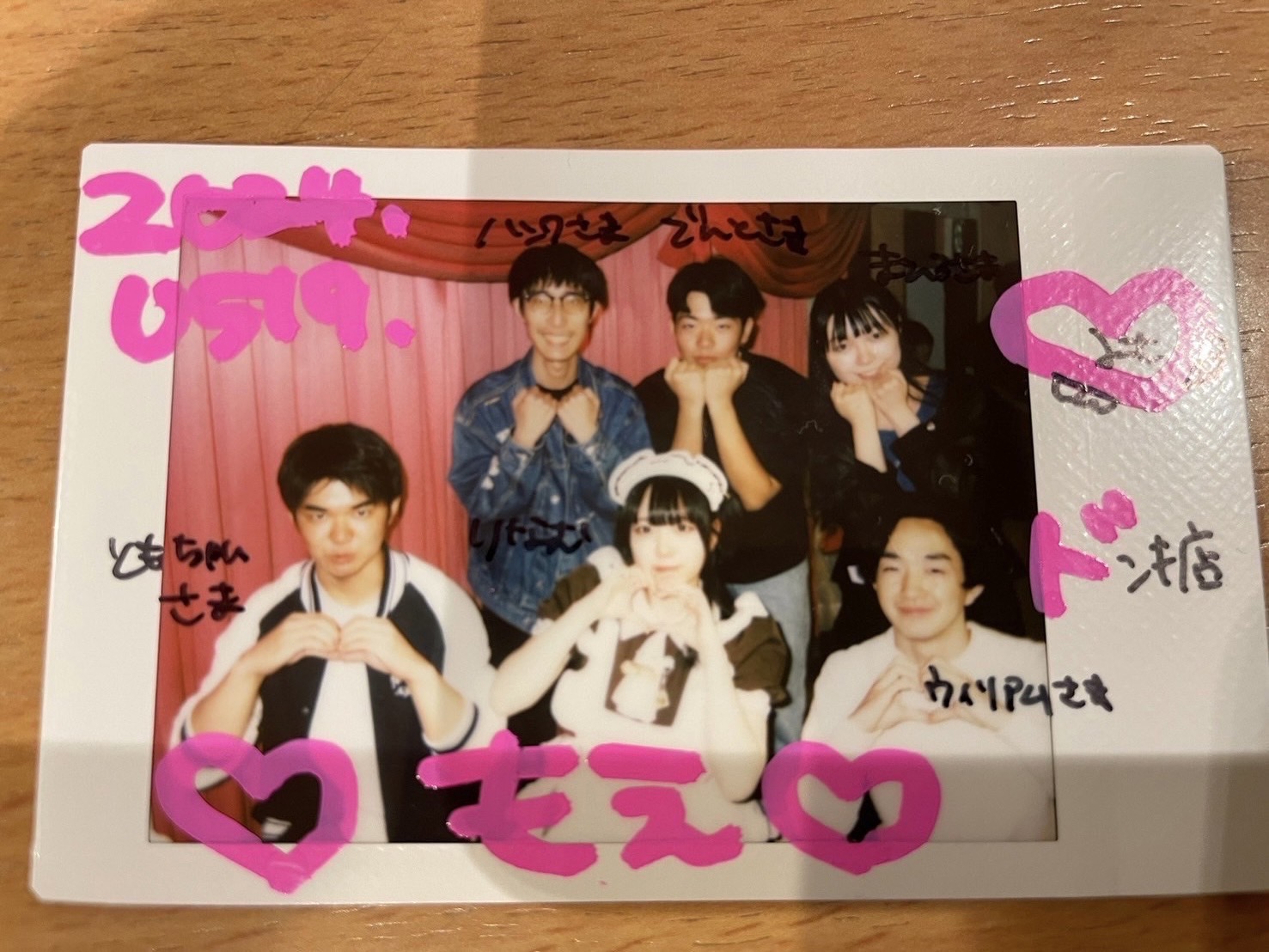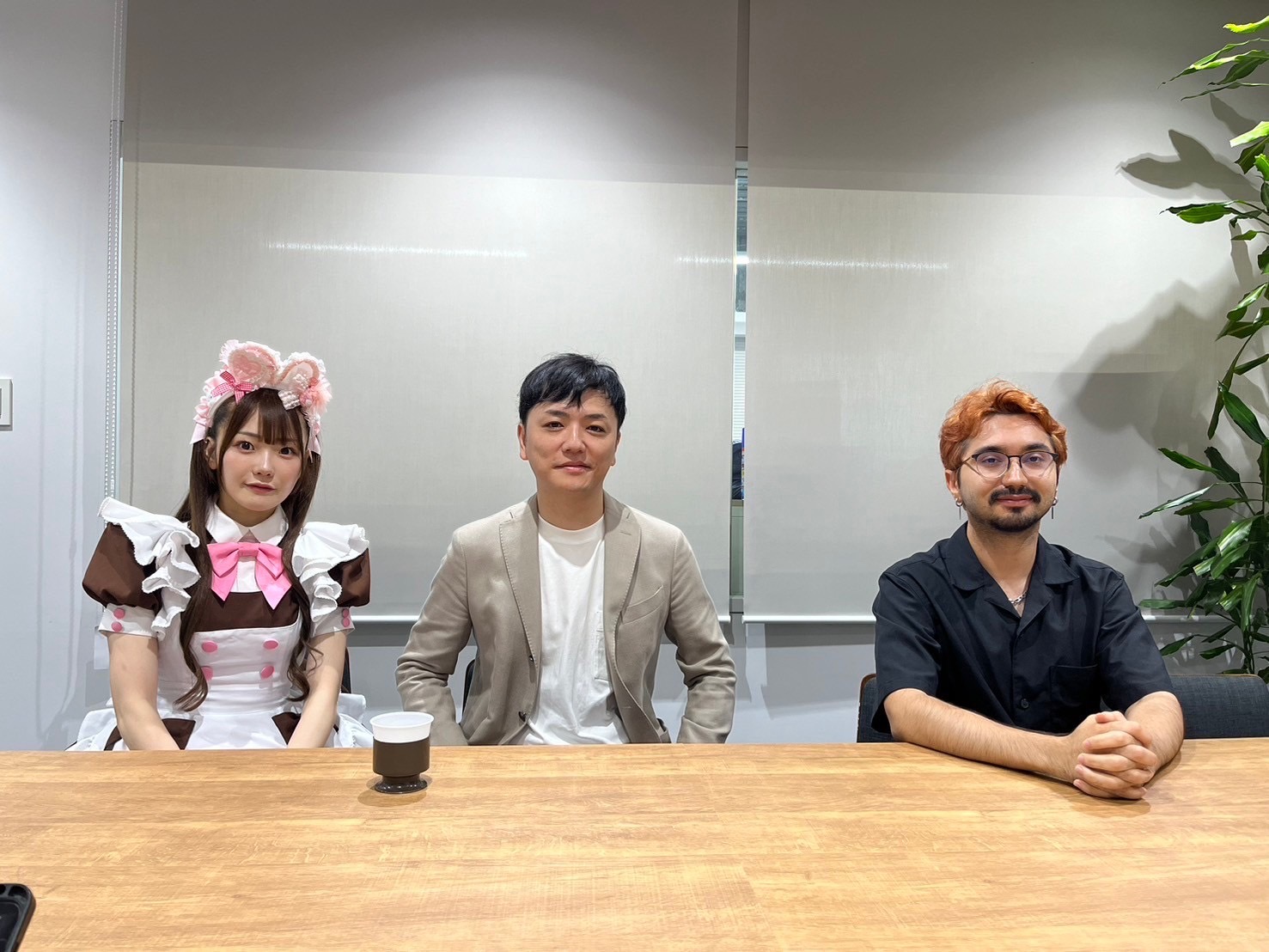Craft Beer in Obina,Yamanashi

About interviewee
David Prucha, the man we are introducing in this article, teaches English and German at Keio University. We were interested in the craft beer he made and interviewed him.
He is from Portland, Oregon, which is an American town famous for its hops plants. Eleven years ago, David bought land in the Yamanashi Prefecture in Japan because of its beautiful scenery. His current home is a unique one – it looks like a nature house.
He is currently a professor not only at Keio University but also at Takushoku University. He works at university from 3 to 4 days a week. At Takushoku University he teaches “green business,” which focuses on protecting the environment. As a part of this, he makes wooden desks and beams and invites students to plant crops. Other examples of his green initiatives include saving rainwater. He made a tank to collect rainwater and keeps it on the roof of his workplace.
There is another side of him, though, which is that of a lover of craft beer, so he runs “Obina Hop Yard”, cultivates hops, and brews beer too.

Why does he make hops?
Portland, where David was born, is so famous for hops and beer that people call it “Beervana”, a place where nice beer is plentiful. Growing up in such a place, he came to love beer as well as the people around him, and his huge love for beer motivated him to make craft beer by himself.
To fulfill his dream, he first needed hops – the ingredients for beer. To that end, he founded “Obina Hop Yard” which is a place for growing hops.
How to raise and care for hops
Hop making begins with planting seedlings in the ground. Many of the hops raised in the town of Obina are derived from Oregon and Washington. Even if hops grow well, they are not good for brewing beer in the first year; for that they need to grow for three or four years. Those that have grown sufficiently for brewing are cut off and dried.
Making hops requires getting up at 4 am every morning to manage the hops. In addition to doing that, David Prucha also struggles with daytime work, constant farming and drainage pipe maintenance. However, there are many people who support him. His fiancee and neighbors, as well as college students he teaches, regularly come to help him.
The land of Obina is also suffering from damage by raccoons, dogs and moles. David has also been trying to cover the soil to prevent it from being blown away by the wind. Furthermore, he seems to be particular about not using chemical pesticides.
What is a hops plant?
Craft beer is mainly made from malt and hops. David focuses on hops. Hops generally have the characteristics of imparting bitterness or aroma to beer, making the color clear, and improving the foam.
The hops he grows are called “Indian Pale Ale”, commonly known as “IPA”, which were once exported from India to England. They are a famous type of hop around the world with great bitterness and strength.
His aim
David said the craft beer market in his hometown is infinite. “Beer styles are unlimited” because you can put anything into craft beer. For example, there is a type of craft beer that uses coconuts. You can say that this is a uniqueness of craft beer, because wine, for example, is made from only grapes.
David aims to collaborate with craft beer makers all over Japan. For this dream, in spite of not being good at math and chemistry, he is studying about soil, sunlight, water level, PH level, alcohol level, and chemicals, and discusses these subjects with professionals.
He also said that he wanted the youth to have an interest in his activities. David explained that participating in his activities would let young people develop their survival skills. He hopes that Obina will become a model for hop cultivation. He believes this model will be maintained over generations.

Written by Ayaka Sato, Kohei Miyauchi, Toko Sone, Yurina Shida and Yusuke Itokuri
Edited by Daniel Skriptchenko


